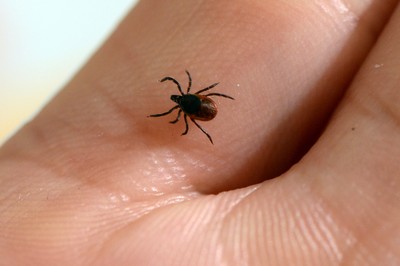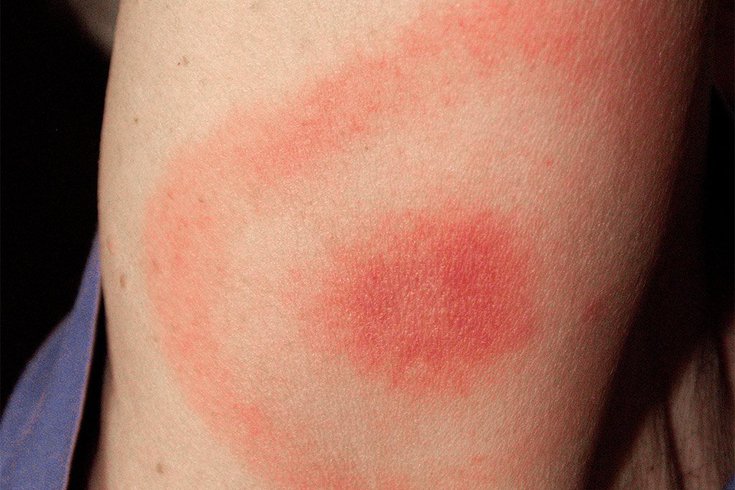Diagnosing Lyme Disease
"There still remains a critical unmet need, as this disease so often goes undiagnosed or misdiagnosed.""A diagnostic for Lyme disease may not be a panacea but could represent meaningful progress toward a more reliable diagnosis and, as a result, potentially better management of this disease."Avi Ma'ayan, director, Mount Sinai Center for Bionformatics, New York
 |
Published in Cell Reports Medicine, researchers explain their method of success in pinpointing a specific set of genes activated in people with long-term Lyme disease. Close to 20 percent of patients diagnosed with Lyme disease suffer from symptoms on a long-term basis.
Research that led to the discovery of a significant biomarker was conduced by scientists from the Icahn School of Medicine at Mount Sinai in New York, and the Johns Hopkins University School of Medicine. The expectation now, is that a genetic test would be an improvement on current FDA-approved tests to identify antibodies, tests that can take weeks to emerge.
According to the researchers involved int he study, their identification of biomarkers could make early diagnosis of Lyme disease more accurate and quicker. Potentially leading to more effective treatment of the estimated 476,000 individuals in the United States alone who are diagnosed with and treated for the tick-borne illness.
Symptoms of Lyme disease can include fatigue, brain fog and pain, for people who have been treated with antibiotics. For the study, the researchers compared data with RNA sequenced from 72 patients with acute Lyme disease -- early symptoms such as a rash or facial paralysis -- alongside 44 control subjects not infected.
Differences in gene expression in those with acute and chronic Lyme disease became apparent. The list was further pared down by researchers, in comparing the gene expression of those with Lyme disease with that observed in patients with other infectious diseases. AI machine learning was then made use of to shorten the list even further.
The research team feel confident they have identified 35 biomarkers that distinguish people with either type of Lyme disease from those not infected with the disease. The plan is to use the biomarkers to develop a diagnostic test. Such a genetic rest would represent an improvement over current tests.
Earlier in the year several of the researchers from Johns Hopkins published a study in tandem with scientists from the University of California at San Francisco with the announcement they had developed a panel of 31 biomarkers, allowing them to accurately identify Lyme disease in 95.2 percent of presenting patients.
 |
| Diagnosing Lyme disease remains a challenge, but the discovery of a set of 35 biomarkers may enable scientists to develop a better test for the tick-borne illness. James Gathany/CDC |
Labels: Biomarkers, Diagnosis, Lyme Disease, Research

0 Comments:
Post a Comment
<< Home